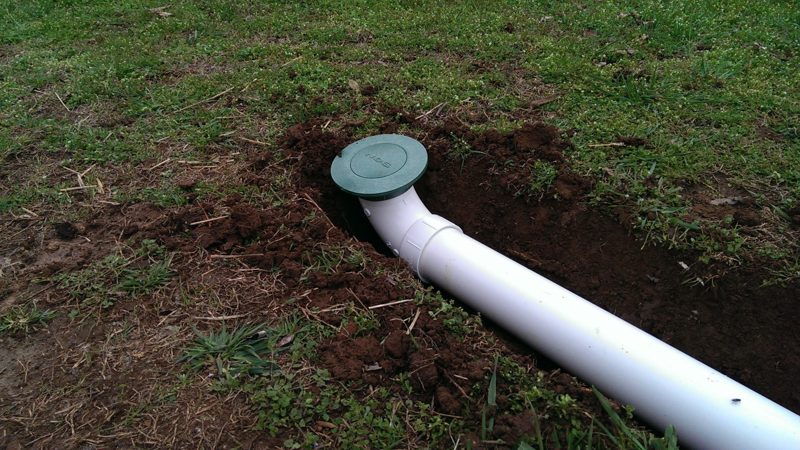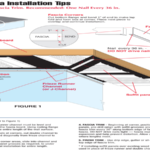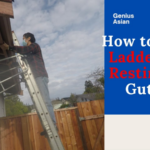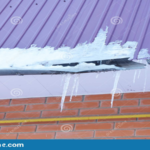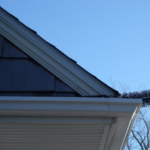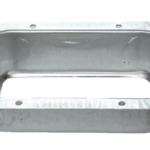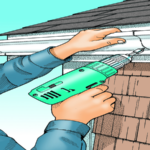There are a few things you can look for to see if your gutters are installed correctly. First, make sure that the gutters are sloped slightly so that water can drain properly. There should be no gaps or cracks in the gutters, and all of the joints should be sealed. Also, check to see that the gutters are firmly attached to the house and that the downspouts are securely in place.
What happens if gutters are not installed properly?
If gutters are not installed properly, they can cause a number of problems. First, they can allow water to seep into the home, which can cause damage to the structure. Second, they can cause the formation of ice dams, which can lead to water damage and leaks. Third, they can allow leaves and other debris to accumulate, which can clog the gutters and cause water to back up. Finally, they can fail to properly channel water away from the foundation, which can lead to flooding and water damage.
What is the rule of thumb for gutters?
There is no definitive answer to this question as there are a number of factors that can affect the size and type of gutter that is right for your home. However, a good rule of thumb is to choose a gutter that is at least 4 inches wide and has a capacity of at least 2 gallons per minute.
What to look for when installing gutters?
If you are planning on installing gutters yourself, there are a few things you need to take into consideration. The first is the type of gutter you will be using. There are two main types of gutters: sectional and seamless. Seamless gutters are made out of one piece of material, so there are no seams or joints that could potentially leak. This makes them more expensive, but they are also less likely to leak. Sectional gutters are made out of several pieces that are joined together, so there are more potential points of failure. However, they are less expensive and easier to install.
The second thing you need to take into consideration is the size of the gutters. They come in a variety of sizes, but the most common are 5 inch and 6 inch gutters. The size you need will depend on the size of your home and the amount of rainfall you get in your area.
The third thing to think about is the material the gutters are made out of. The most common materials are aluminum, vinyl, and steel. Each has its own advantages and disadvantages. Aluminum is the lightest weight option and is also the most affordable. Vinyl is a mid-range option that is easy to work with and is not as susceptible to corrosion as aluminum. Steel is the heaviest option and is the most durable, but it is also the most expensive.
Is water supposed to sit in gutters?
No, water is not supposed to sit in gutters. Gutters are designed to channel water away from your home and foundation to prevent water damage. If water is sitting in your gutters, it means that your gutters are not functioning properly and need to be cleaned or repaired.
What is the most common problem with gutters?
One of the most common problems with gutters is that they can become clogged with debris such as leaves and twigs. If this happens, water can back up and overflow, causing damage to your home’s foundation or landscaping. Additionally, gutters that are not properly maintained can develop rust spots, which can eventually lead to holes and leaks.
Should gutters go under drip edge?
There is no right or wrong answer to this question, as it depends on the specific situation and preferences of the homeowner. Some people prefer to have their gutters installed under the drip edge in order to keep them out of sight, while others prefer to have them visible so that they can be easily inspected and cleaned. Ultimately, it is up to the homeowner to decide what works best for their home.
How do I know if my gutters are bad?
- Check the level of your gutters. If they are sagging or pulling away from your home, they are probably not in good condition.
- Inspect your gutters for leaks. If you see any cracks or holes, your gutters are probably not in good condition.
- Check for rust on your gutters. If they are rusty, they are probably not in good condition.
- Inspect your gutters for debris. If you see leaves, sticks, or other debris in your gutters, they are probably not in good condition.
Final Word
If you’re not sure whether or not your gutters were installed correctly, there are a few things you can look for. First, check to see if the gutters are level and properly pitched. They should slope slightly towards the downspouts to allow water to flow properly. Next, check the gutters and downspouts for any leaks or blockages. And finally, make sure that the gutters are securely fastened to the fascia board and the roof. If you notice any of these problems, it’s best to call a professional to have them fixed.
